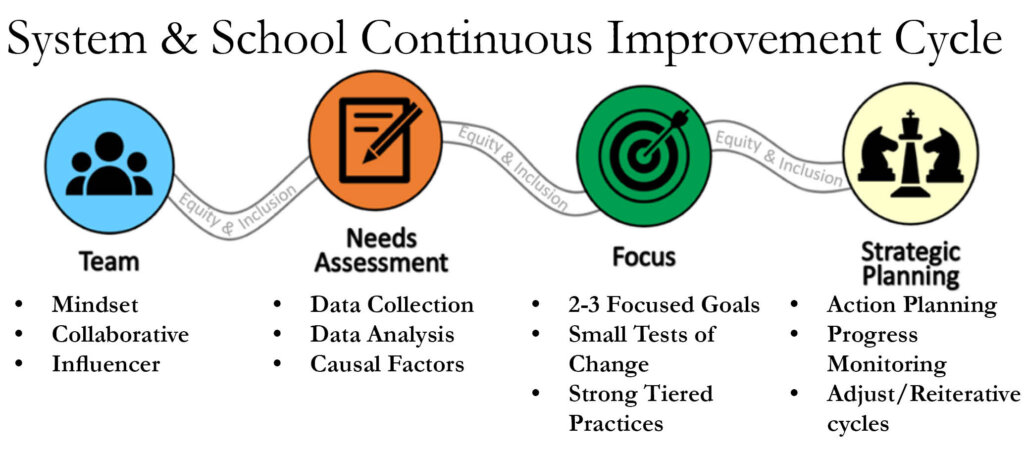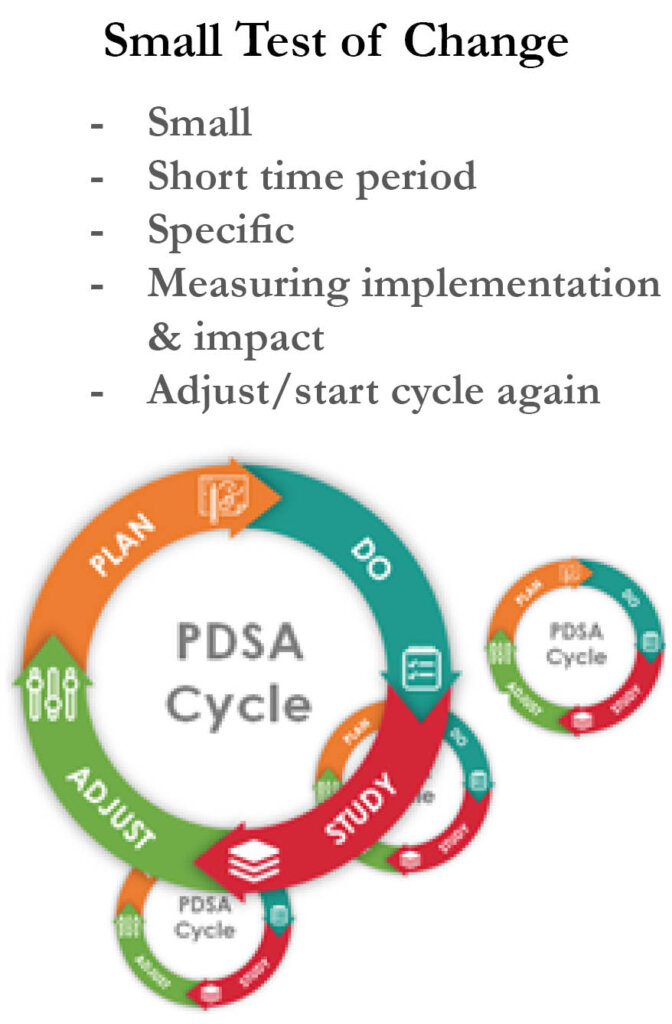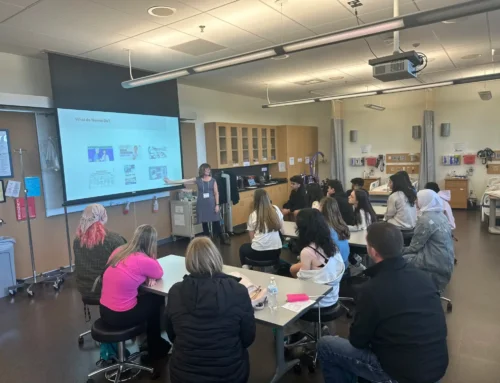This fall, I have been honored to visit schools and work with site leadership teams as they develop and implement practices to support and promote successful change and growth. NWESD regional schools are committed to improving outcomes academically, behaviorally, and socially for students and are actively studying the change and improvement process to impact student growth. As I watch and learn from our school and district leaders, I realize that all organizations have room to grow and learn. Effective schools are in a process of Continuous Improvement.
Schools focused on continuous improvement:
- Build collaborative, shared and responsive leadership practices.
- Use varied data sources from big picture, to school, to classrooms and students to understand their communities and identify assets and gaps. Use summative, formative and perception data sources.
- Emphasize and include student and family voice, culture, and assets.
- Identify 2-3 meaningful tiered practices to shape the desired change.
- Communicate an inclusive process and purpose of the change to staff, students, and community. They are open to feedback.
- Closely monitor and adjust the change through Small Tests of Change.
- Build responsive leadership practices to support ongoing implementation to sustain growth.


Continuous Improvement is a process supporting educators in implementing and studying small changes, with the goal of making lasting improvement. This Small Test of Change helps educators address a specific problem by testing potential solutions through a short cycle. These iterative, short cycles allow teams to better develop, revise and fine-tune a tool, process, or initiative such as an assessment rubric, evidence-based instructional strategy, induction program, or collaboration strategy that might lead to the desired change and potentially transform our work in small and large ways.
I recently visited with members of the NWESD Continuous Improvement Team about change efforts that promoted sustainable change. They shared with me that the effective implementation of a new practice or initiative takes time and study. If we set goals that project sweeping changes in short amounts of time it is far less likely to lead to our desired results. Educational leaders across NWESD are poised to support your efforts and partner in your journey. Reach out!



